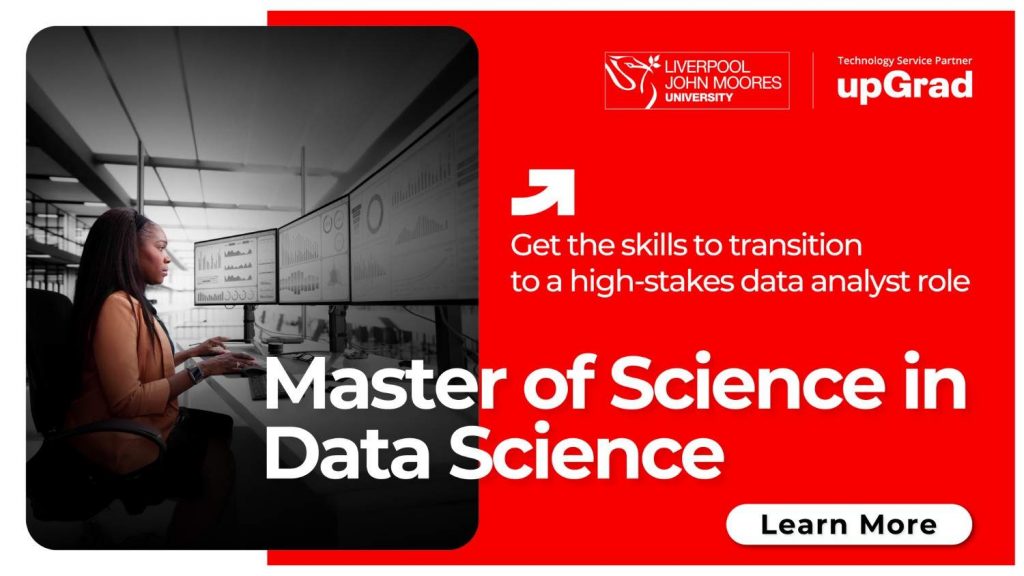If you’ve ever wondered what Python is used for, you’re not alone. This beginner-friendly programming language has quietly become the backbone of modern tech. As of 2025, Python leads the world with a 25.35% market share, according to the TIOBE Index. From building websites and automating tasks to running AI models and analyzing data, Python powers it all. Its simplicity makes it perfect for first-time coders and professionals alike. In this guide, we’ll explore the many ways Python shapes our digital lives and why learning it might be the smartest career move you’ll make this year.
Source: Tiobe
What is Python?
Before learning about the applications of Python, let us first understand what Python is. It is more than just another coding language; it’s a beginner’s best friend in the tech world. Designed to be easy to read and simple to learn, Python programming helps people build websites, automate daily tasks, and even develop AI systems.
Created by Guido van Rossum in the 1990s, Python has evolved into one of the most popular programming languages worldwide. Its vast library support and active community make it ideal for learners and experts alike. Whether you’re analyzing data or creating apps, Python gives you the tools to bring ideas to life effortlessly.
Take your skills to the next level – Explore Data Science and Analytics Courses Online
Practical Applications of Python for Beginners
If you’ve been wondering what Python programming is used for, the answer is – almost everything! The Python coding language powers countless tools and technologies that shape our daily digital experiences.
| Application Area | How Python Is Used |
| Web Development | Builds dynamic websites and backend systems using frameworks like Django and Flask. |
| Data Analysis & Visualization | Helps analyze big data and create visuals with libraries such as Pandas and Matplotlib. |
| Machine Learning & AI | Powers intelligent systems with frameworks like TensorFlow and Scikit-learn. |
| Automation & Scripting | Simplifies repetitive tasks and system operations using simple scripts. |
| Game & App Development | Used to create interactive games and mobile apps with engines like Pygame and Kivy. |
| Cybersecurity & Ethical Hacking | Supports penetration testing, network scanning, and vulnerability assessment tools. |
| Education & Beginner Projects | Ideal for students learning coding through simple, hands-on projects. |
1. Web Development
Python makes web creation easier than ever. With frameworks like Django and Flask, developers can design fast, secure websites and apps that handle everything from user logins to data storage.
2. Data Analysis & Visualization
Data professionals rely on the Python coding language to understand numbers better. Using Pandas and Matplotlib, they can clean messy datasets and create charts that tell clear, visual stories.
Also read: Building a Specialized Career in Data Science
3. Machine Learning & AI
Python programming has become the language of innovation. From chatbots to self-learning systems, tools like TensorFlow and Scikit-learn make AI accessible even to beginners.
4. Automation & Scripting
No one likes repetitive work, and Python fixes that. A few lines of code can automate tasks like sending emails, renaming files, or organizing data.
5. Game & App Development
With its beginner-friendly syntax, Python makes creating games fun. Libraries like Pygame and Kivy let learners design their first playable projects in no time.

6. Cybersecurity & Ethical Hacking
In cybersecurity, Python is a trusted ally. It helps professionals test networks, find weak points, and improve digital defenses efficiently.
7. Education & Beginner Projects
Python’s readability makes it ideal for learning. Students can start with small projects like calculators or mini-games and gradually move to more advanced applications.
Also read: Python Interview Questions and Answers
Python Career Paths and Job Roles in the U.S.
If you’re learning Python, either through a Python course or self-study, the U.S. job market has plenty of exciting paths. The Python coding language is everywhere, from tech giants to startups, making it one of the most versatile skills to have today.
| Role | What You Do |
| Data Scientist | Turns raw data into actionable insights for businesses. |
| Machine Learning Engineer | Creates algorithms that help machines learn and make predictions. |
| DevOps Engineer | Ensures smooth deployment, infrastructure, and workflow automation. |
| Backend Developer | Designs server-side applications and APIs for websites and apps. |
| Automation Engineer | Simplifies repetitive tasks through scripts and tools. |
| Cybersecurity Analyst | Monitors and protects systems from cyber threats. |
How to Start Learning Python as a Beginner
Learning Python can feel overwhelming at first, but it doesn’t have to be. The Python coding language is known for its simplicity, making it perfect for beginners who want to start building real projects quickly. With consistent effort, anyone can pick it up, even without prior coding experience.
Listed below are the steps to learn Python as a beginner:
1. Pick the Right Course: Find a beginner-friendly Python course that guides you through the basics step by step.
2. Set Up Your Tools: Install Python and choose an easy-to-use editor like VS Code or PyCharm.
3. Master the Basics: Focus on variables, loops, functions, and data types before diving into advanced topics.
4. Practice Every Day: Write short programs regularly to reinforce your learning.
5. Build Small Projects: Try simple apps, calculators, or games to see your code in action.
6. Join a Community: Connect with learners online to ask questions, share ideas, and get feedback.
Starting with these steps makes learning Python approachable, fun, and effective, and before long, you’ll be ready to tackle more advanced projects.
Also read: A Hands-On Guide to Using Python for Data Analysis (US Edition)
Advance Your Python Skills Through upGrad
A structured Python course can significantly enhance your Python skills. upGrad, a leading online learning platform, offers flexible programs that help you learn at your own pace while gaining hands-on experience and industry-relevant skills.
Top Python programs offered through upGrad USA include:
- Master of Science in Data Science from Liverpool John Moores University
- Post Graduate Certificate in Data Science & AI (Executive)
- Executive Diploma in Data Science and AI from IIIT-B
🎓 Explore Our Top-Rated Courses in United States
Take the next step in your career with industry-relevant online courses designed for working professionals in the United States.
- DBA Courses in United States
- Data Science Courses in United States
- MBA Courses in United States
- AI ML Courses in United States
- Digital Marketing Courses in United States
- Product Management Courses in United States
- Generative AI Courses in United States
FAQs on Uses of Python
Python is widely used for web development, data science, automation, software development, and scripting. Its simplicity and vast libraries make it a go-to for solving both small tasks and big tech challenges.
Yes, Python is perfect for beginners! Its clean, readable syntax and massive community support make it one of the easiest programming languages to start learning, even if you’ve never coded before.
Yes, you can build a website with Python’s powerful web frameworks like Django, Flask, and FastAPI. These frameworks make it easy to build anything from simple blogs to complex, high-performance web applications.
Python powers data science through tools like Pandas, NumPy, and Scikit-learn. It’s used for:
1. Data cleaning and analysis
2. Machine learning and AI
3. Data visualization (e.g., with Matplotlib, Seaborn)
Python is used across various industries, like:
1. Tech and software development
2. Finance and fintech
3. Healthcare and biotech
4. Education and research
5. Entertainment (game dev, animation)
You can learn the basics of Python in 1–2 months with consistent effort. Mastery, especially for specific fields like data science or web dev, might take 6 months to a year, depending on your pace.








